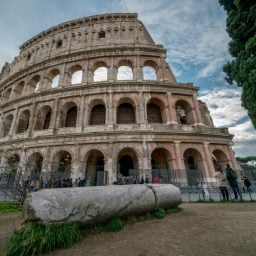For the first time ever, the bowels below Rome’s Colosseum, where gladiators and animals waited before combat, are open to the public.
Following an extensive renovation, the hypogea—as the area comprising the subterranean pathways is called—was unveiled in a ceremony on Friday. Now, 525 feet of wooden walkways have been installed throughout the underground structure, making it accessible to tourists and other visitors for the first time in the Colosseum’s nearly 2,000-year history.
Alfonsina Russo, director of the Colosseum and its arcaheological park, called the hypogea “a monument within a monument” and explained that the newly opened section would help reveal the secrets of the site to both academics and the public alike. “Each stone here is a witness of everything that occurred under the great arena of the Colosseum, from its inauguration in AD 80 to its final performance in AD 523.”
![[From left] Diego della Valle; Dario Franceschini,Italian mminister Culture; Alfonsine Russo, director of the Parco archeologico del Colosseo; and Andrea Della Valle, during the presentation of the works on the underground area of the Colosseum. Photo: Marco Ravagli/Barcroft Media via Getty Images.](https://news.artnet.com/app/news-upload/2021/06/GettyImages-1233645953-1024x688.jpeg)
[From left] Diego della Valle; Dario Franceschini,Italian minister of culture; Alfonsine Russo, director of the Parco archeologico del Colosseo; and Andrea Della Valle, during the presentation of the works on the underground area of the Colosseum. Photo: Marco Ravagli/Barcroft Media via Getty Images.
The first phase, launched in 2013, involved the cleaning of the monument’s façade, while the third part will overhaul its galleries.
The commitment from Tod’s proved controversial when it was first anounced nearly a decade ago, with opponents claiming that cultural heritage and private money should not mix. Dario Franceschini, Italy’s minister of culture, recalled this reaction in a speech of his own Friday.
“I was shocked and indignant to see that, in the face of an Italian company committed to allocating such an important sum to the protection of the country’s cultural heritage, controversy arose instead of general applause,” he said. “The great Italian companies, beyond what they export to the world, have Italy, its art, and its beauty behind them.”
“It shows that when public and private want to do something together, things can happen,” Diego Della Valle, the founder of Tod’s, added.
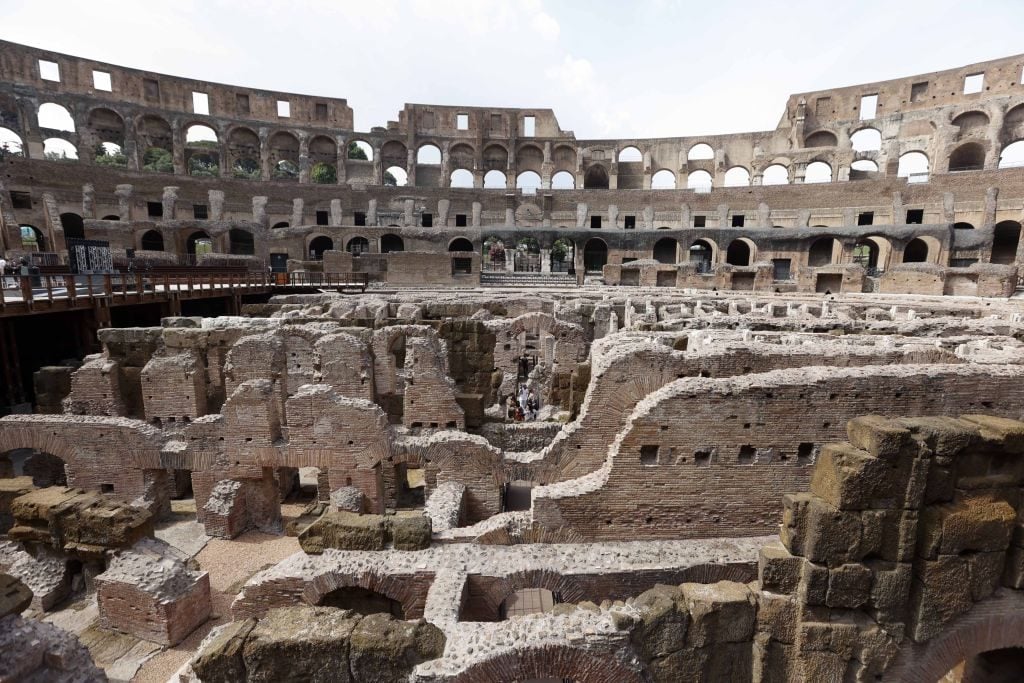
Photo: Riccardo De Luca/Anadolu Agency via Getty Images.
Construction on the Colosseum began in 72 AD under Emperor Vespasian and concluded roughly eight years later. For four-and-a-half centuries, the world’s largest amphitheater served as the site of animal hunts, theatrical productions, gladiatorial contests, grisly executions, and other public spectacles.
Combatants—human and animal alike—waited in the hypogea for their turn before the crowds, while unseen workers stage-managed them by the light of oil lamps and torches.
“We need pride in these weeks of reboot,” Franceschini said during the unveiling. “Our people have always given their best in times of difficulty. Our predecessors demonstrated this in the immediate post-war period, when they rolled up their sleeves in a divided and torn country, making it an industrial power in a few years.”
“We will return to demonstrate it now,” he added, “and I am happy that this is happening in the name of culture.”
See more pictures of the newly opened hypogea below.
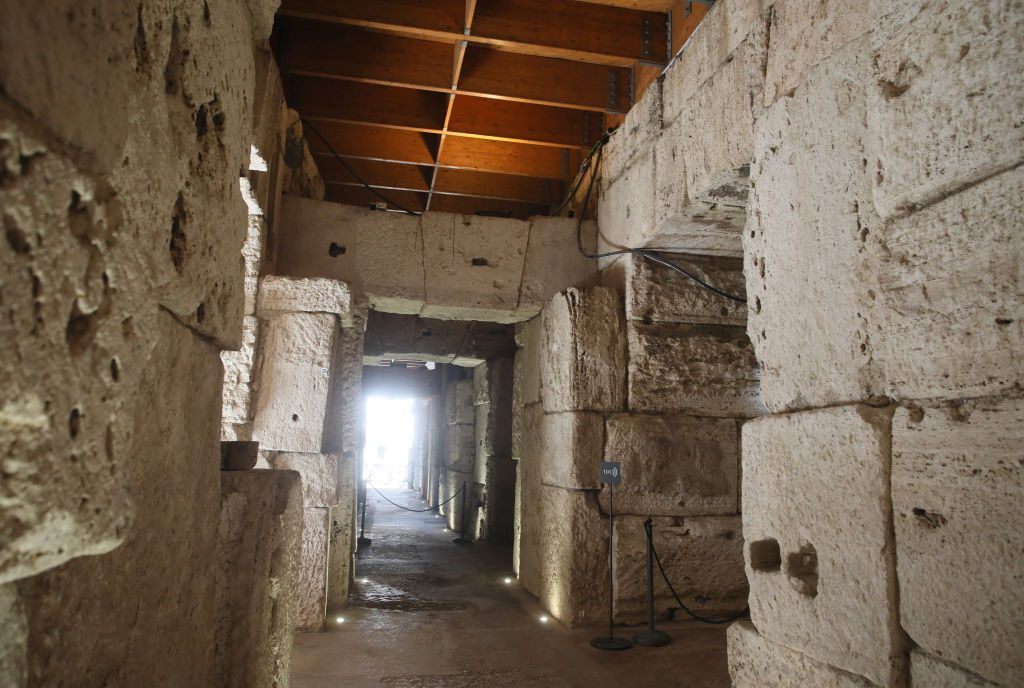
Photo: Marco Ravagli/Barcroft Media via Getty Images.
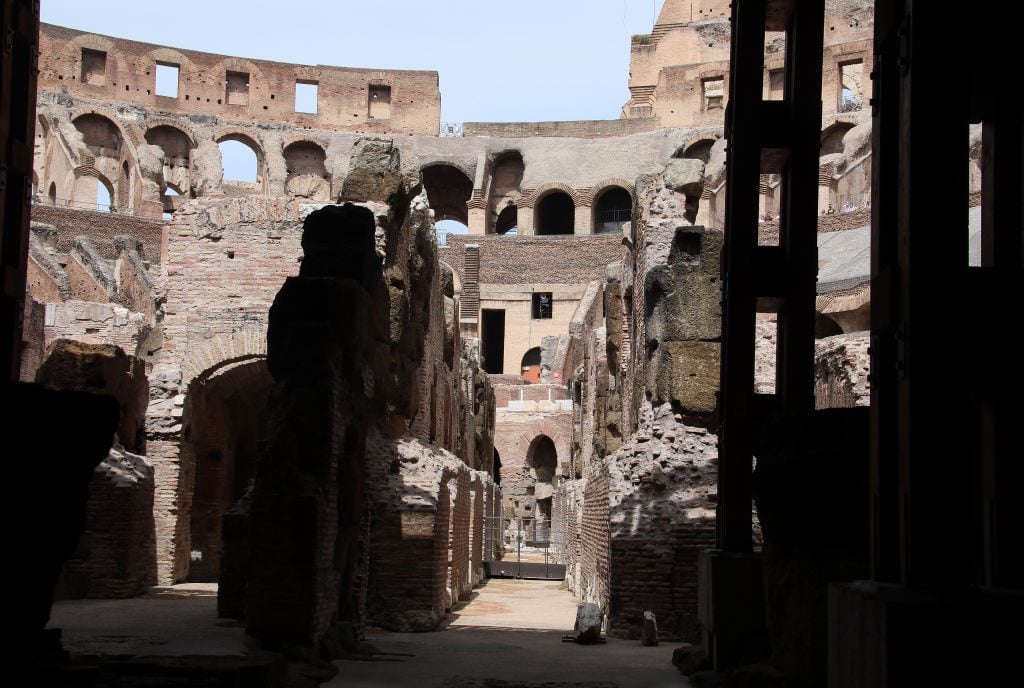
Photo: Marco Ravagli/Barcroft Media via Getty Images.
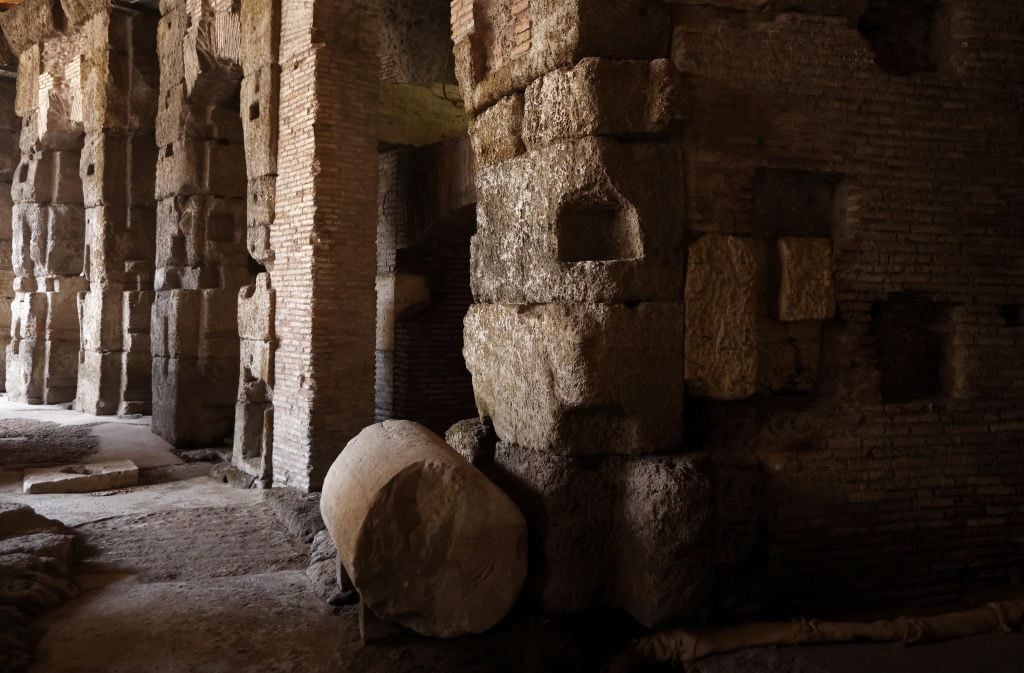
Photo: Riccardo De Luca/Anadolu Agency via Getty Images.
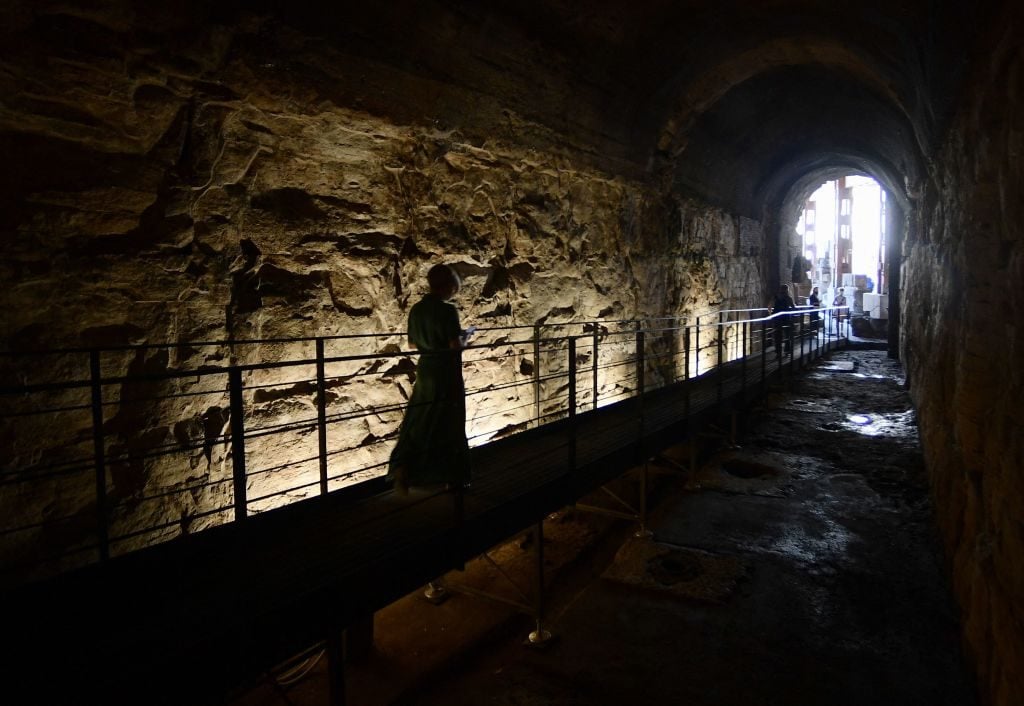
Photo: Filipo Monteforte/AFP via Getty Images.
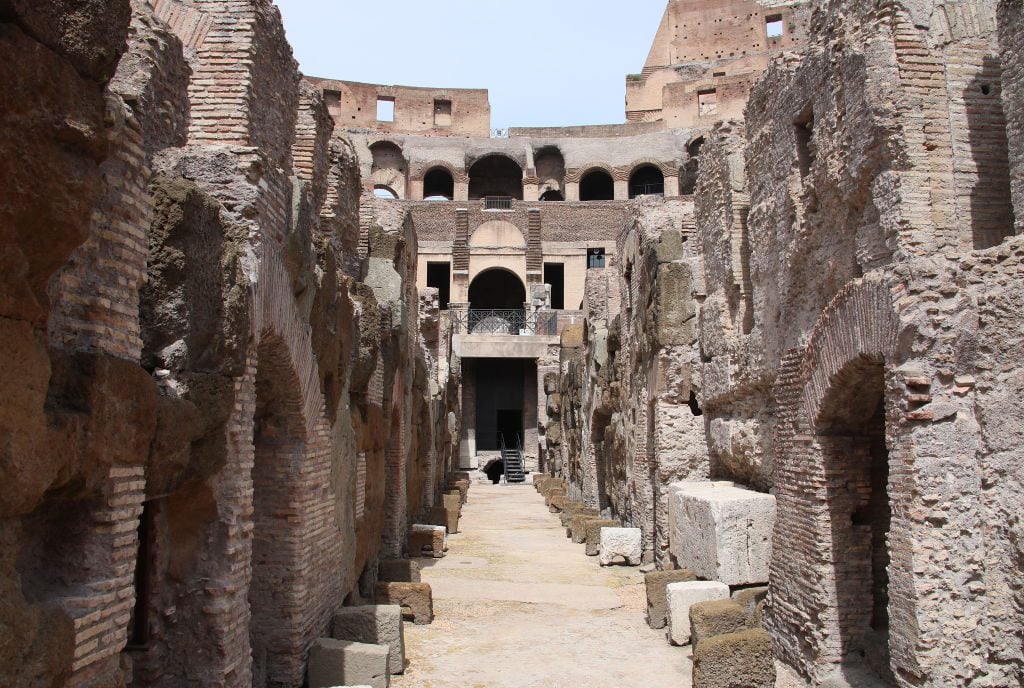
Photo: Marco Ravagli/Barcroft Media via Getty Images.
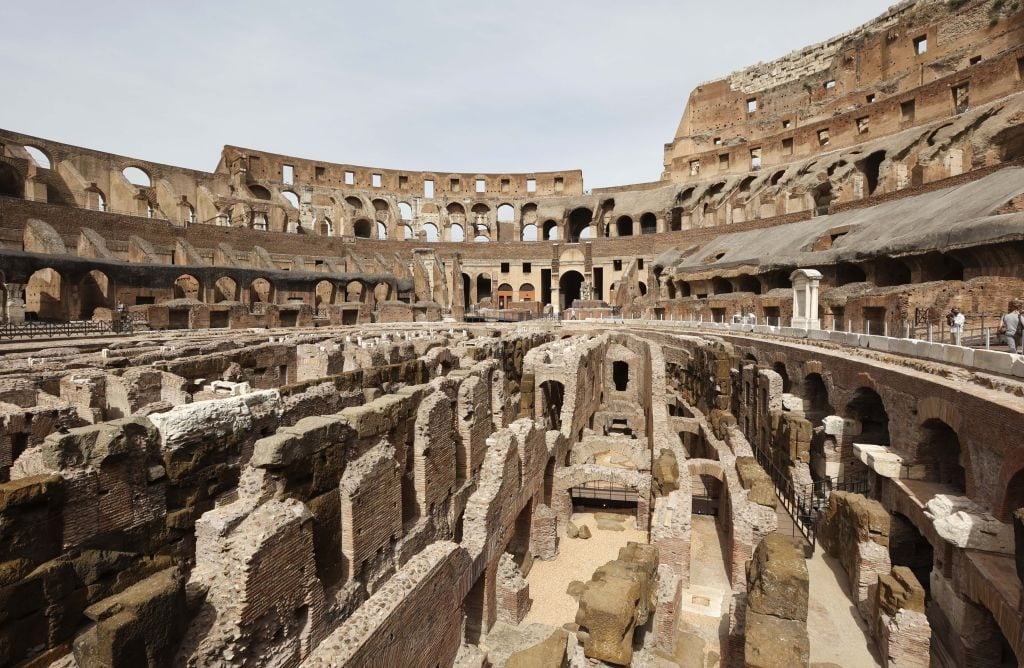
![[From left] Diego della Valle; Dario Franceschini,Italian mminister Culture; Alfonsine Russo, director of the Parco archeologico del Colosseo; and Andrea Della Valle, during the presentation of the works on the underground area of the Colosseum. Photo: Marco Ravagli/Barcroft Media via Getty Images.](https://news.artnet.com/app/news-upload/2021/06/GettyImages-1233645953-1024x688.jpeg)







